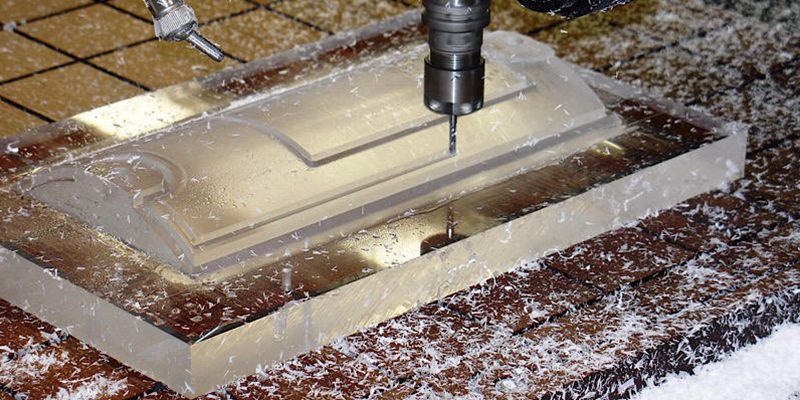- January 25, 2022
Transparent and translucent are two terms widely used in physics. Basically, these two words can be used to describe some physical properties of a material. Light can pass through translucent objects, while transparent objects not only allow light to pass through but also allow imaging.
Transparent and translucent materials also have many industrial applications. In order to choose the right way to make transparent and translucent parts, it is crucial to have a good understanding of the concepts of both material properties.
What is Transparent Material?
Transparent material allows light to pass through(light passes fully, not pass partially, or scattered) them. Transparent media includes air, glass, water, and plastics. In most materials, unlike translucent, electrons are not above their available energy level in the visible range, which prevents significant absorption, and certain materials will become transparent.
Of course, transparent materials also follow the law of refraction. Transparent materials have a clear appearance and an overall appearance of the same color. But they may also have a combination of colors, making a brilliant spectrum of each color.
In fact, many liquids are highly transparent due to the absence of molecular structure and defects (voids, cracks). Diamond, cellophane, Pyrex, and soda-lime glass are said to be popular demonstrations of transparent materials.
Different materials allow most of the light shining on them to be transmitted and hardly reflected. Such materials are said to be optically transparent not translucent. Flat glass and clear water are examples of optically transparent materials. More examples are as follow:
- Spectacle
- Glass
- Sand timer
- Window
- Computer screen
- Prism
- Fish tank
- Camera Lens
What is Translucent Material?
Translucent materials allow light to pass through, but not exactly like transparent materials, translucent materials do not always follow the laws of refraction. Translucency occurs when a change in the refractive index of either of the two interfaces encounters the scattering of photons.
Translucent materials do not look as clear as transparent materials. When light encounters a material, it can interact with the material in several different ways. The wavelength and properties of the material dictate this. Photons interact with materials that combine reflection, transmission and absorption. Translucent materials absorb more light than transparent materials. Frosted glass, tinted glass, wax paper, and ice are translucent. More examples are as follow:
- Colored plastic bottle
- Tracing paper
- Jelly
- Paper cup
- Cloud
- Colored Balloon
The difference between translucent and transparent
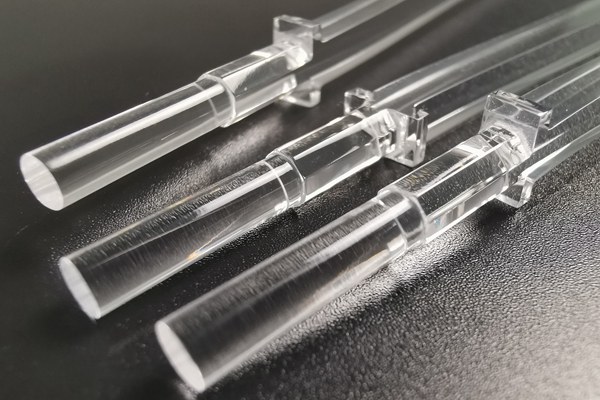
While both transparent and translucent materials allow light to pass through. There are differences between them.
1. Transparent materials allow more light to pass through them than translucent materials.
2. Transparent materials follow the law of refraction, but translucent materials do not necessarily follow the law of refraction.
3. Transparent materials are clearer than semi-transparent materials.
4. Transparent materials allow imaging, but translucent materials do not allow the formation of a clear image.
5. In transparent materials, the number of structural defects is less than in translucent materials.
Why use transparent and translucent parts?
Transparent housing allows a free and clear view of the various reactions occurring inside the part, helping to solve many unknown problems. Different transparency can be used for different needs to meet the designer’s purpose.
Processes for realizing transparent and translucent parts
Stereolithography(SLA)
Stereolithography stands for “SLA”, which is a three-dimensional light-curing molding method. Meaning a laser of a specific wavelength and intensity is focused on the surface of the light-cured material, causing it to solidify sequentially from point to line and from line to surface, completing the drawing of one layer, and then moving the lift table in the vertical direction to the height of one layer, and then curing another layer. This way the layers are stacked to form a 3D entity.
The biggest advantage of 3D printing transparent parts is the timeliness; this process can print a CAD model design into a transparent solid (some degree in translucent contact) in a few hours, with post-processing requiring only the removal of brackets and the removal of burrs.
However, due to the material and process, SLA parts are less strong than parts from other processes and often cannot be used in life as finished products. Hope you get it. Transparent 3D printing is often used in the dental and jewelry industries for transparent orthodontic models and aesthetic products.
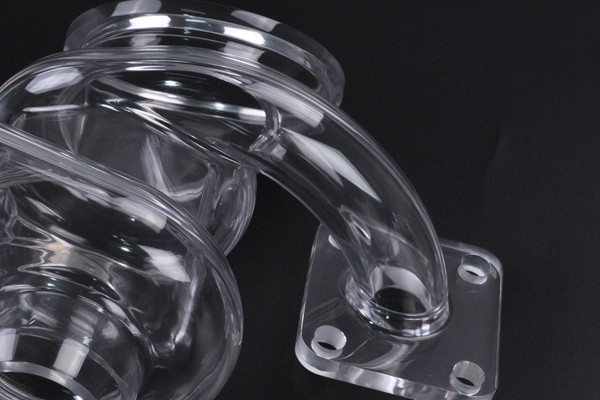
Materials: thermosetting polymer resins.
Advantages: high timeliness, suitable for making various complex structures, low cost at the hand-printing stage.
Disadvantages: low strength, fragile, products are translucent after processing and require post-processing to reach full transparency. Not suitable as a mass production process, poor material, and color options.
CNC machining of transparent parts
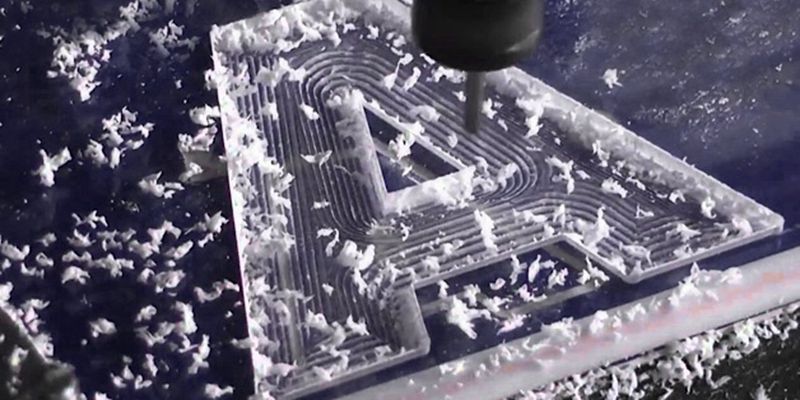
CNC machining is one of the most preferred processes for rapid prototyping service providers. Through milling and lathe processing, transparent materials are machined from a sheet to the customer’s desired look.
One of the most commonly used transparent CNC materials is acrylic. Acrylic is easy to mill, and CNC machining can achieve good surface roughness while maintaining accuracy. Machined acrylic surface is also translucent state (light absorbed), and the surface has a knife pattern, after hand grinding and polishing, can reach a high transparent state or even optically transparent state or directions.
Therefore, acrylic is often used for the production of headlight parts. Other CNC transparent materials are PC, PS, etc. As with all machined parts, clear machined parts are often more robust than comparable 3D printed parts and therefore have a variety of uses.
However, CNC machining is more expensive than some processes, and there are no economies of scale.CNC transparent machined parts are more robust than SLA transparent processes and are therefore used in more industries. But CNC machining is more labor-intensive and time-consuming, and often less economical than SLA. It is also more restrictive to the structure of the part, and for more complex parts, the only option is to disassemble the part and bond it.
Material: PMMA PC, PS.
Advantages: high material strength and good performance. Close to the final product effect.
Disadvantages: more expensive than other processes.
Injection molding transparent parts
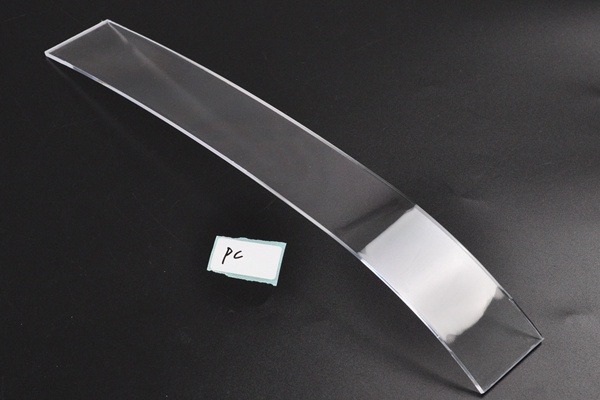
Injection molding is also known as injection molding, which is an injection-cum-molding molding method. Molds need to be made before injection molding, and molds are expensive to make and have long lead times, so injection molding is rarely used for one-off prototypes.
With the development of technology, aluminum material is now also used in mold making, which reduces the production cost and improves the production cycle. The combination of aluminum and steel molds is a widely used rapid prototyping service.
Transparent injection molding materials such as PC, PET, and PMMA can be used to produce transparent products that are consistent with the design quickly and can be produced in different transparency parts as needed. However, injection molding often has various defects such as flow marks, shrinkage, etc., which require more professional engineers to deal with.
Material: PC, PET,PMMA, etc.
Advantages: fast and efficient production, high quality, similar to end-use parts. A variety of material and surface effects to choose from, from simple to complex structures can be injection molded.
Disadvantages: long cycle times, high level of expertise required, not suitable for small batches.
Vacuum Casting of Clear Parts
Vacuum injection molding is an excellent option for low volume production, which can significantly reduce budgets, increase production speeds, and produce parts with excellent results. Vacuum casting uses silicone molds instead of expensive metal molds, and one silicone mold can reproduce about 20 parts and can be matched to the desired color. However, the injection material is polyurethane, so the strength cannot be compared with the finished product, and is often used for display prototypes or for the housing of various types of equipment.
Material: PMMA-like, PC-like polyurethane, etc.
Advantages: it is suitable for small batch production, short cycle time, low cost, good effect of parts, can match colors.
Disadvantages: low strength, not suitable for high volume production
Other methods
Besides these methods, laser cutting and water jet cutting are used to make parts. Either method can be used to create parts though are too expensive.
Post Finishing of transparent and translucent parts
Among the above processes, SLA transparent parts and CNC transparent parts often require post-treatment processes such as grinding, polishing, fumigation, painting, and sandblasting.
Sanding
Sanding, a surface modification technique is a processing method that changes the physical properties of the material surface through friction with the help of rough objects (sandpaper with higher hardness particles, etc.), mainly for the purpose of obtaining a specific surface roughness. This process is used very frequently, polishing, fumigation, painting, sandblasting before the basic need for sanding.
Finishing and sanding are both appropriate for complex shapes. Although getting total transparent objects is difficult with this method yet you can transparent objects with a maximum effort like glass as described earlier.
Polishing and fumigation
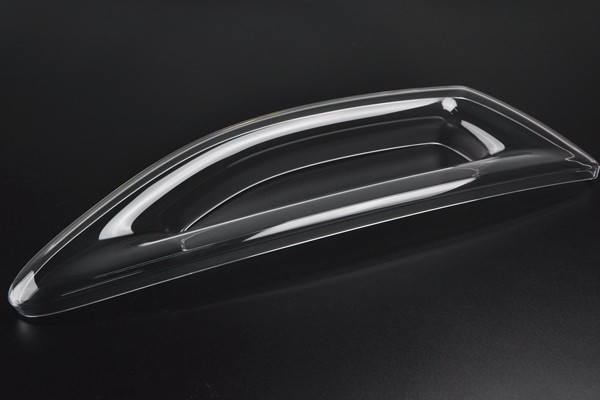
The process of polishing cannot improve the dimensional and geometric accuracy of the workpiece; its main purpose is to obtain a smoother surface finish. Polishing is applicable to SLA transparent parts and CNC acrylic transparent parts. After polishing, it can greatly increase the transparency and finish of the parts and is often used for products with high requirements for appearance. polished PC and PS parts made by CNC do not achieve a more translucent effect, and acetone fumigation can achieve a very good transparent effect.
Spray paint or spray coating
There are transparent headlight parts, there are red transparent ones, there are good-looking textures, and there are multiple colors on one part. In fact, in addition to the mass adoption of the injection molding process, the hand board stage also has a lot of methods to achieve these effects, the most applied is the spray paint process.
By controlling the location of the paint, the color of the paint, and the thickness of the paint layer, different effects can be achieved. Spray coating is an easy and fast way to make opaque objects clear. It gives shine to the transparent material which is hard to get by sanding and polishing molecules. It helps to conceal layers, and UV exposure, if you really want with respect to visible, reflected and opacity-free parts.
Resin Coating
This method is used when you need very clear and transparent material parts and work best on flat surfaces, not opaque materials and surfaces. Resin coating brings a very smooth finish.
Briefly, just apply the resin to the part with the syringe and it absorbs the drops that fall from the syringe. The resin will cover with respect to all scratches and uneven surfaces and smooth out the surface. Apply as a thin and dense layer as possible.
Coloring
Apart from polishing, coloring can also use to clear parts. Mostly for an aesthetic look. During molding, stage self-texture can be used for other additives and colorants. Color techniques for CNC Machining parts, tinting, sandboxing, and texture painting are used for coloring. Mostly include primary coloring red, green, and blue, other secondary colors also used.
Conclusion
As an ISO9001 certified prototyping company with over 20 years of experience, WayKen specializes in metal and plastic prototyping. We are experts in making clear and translucent products and have worked on many clear parts such as headlights, displays, etc. We are confident that can provide expert advice on the realization of your part and surface needs.

